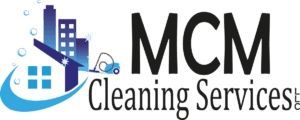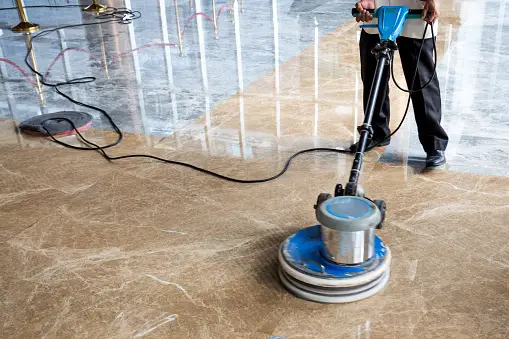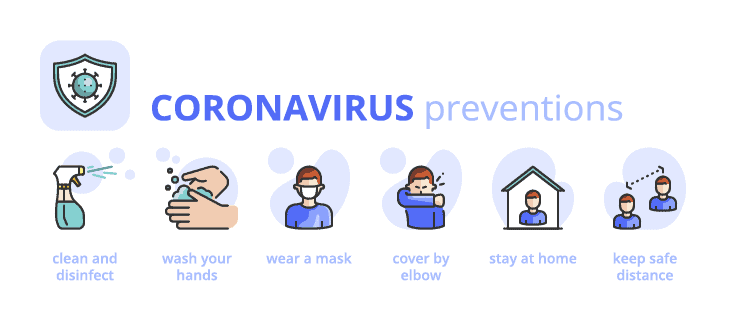
Cleaning Schedules: Establishing Routine for Residential and Commercial Properties
Date Posted:
March 7, 2024
Cleaning schedules are an essential aspect of maintaining cleanliness and hygiene in both residential and commercial properties. By establishing a routine for cleaning, property owners can ensure that their spaces are kept tidy, organized, and free from harmful germs and bacteria. In this article, we will explore the importance of cleaning schedules, factors to consider when creating them, tips for implementation, and real-life case studies demonstrating their effectiveness.
1. Introduction to Cleaning Schedules
Cleaning schedules are detailed plans outlining the tasks and frequency of cleaning required to maintain a clean and hygienic environment. These schedules serve as a roadmap for property owners, outlining the specific tasks that need to be completed regularly to ensure cleanliness.
2. Importance of Establishing Cleaning Schedules
Benefits for Residential Properties
In residential properties, establishing a cleaning schedule helps homeowners maintain a clean and comfortable living environment. Regular cleaning prevents the buildup of dust, dirt, and allergens, contributing to better indoor air quality and reducing the risk of respiratory issues. Additionally, a clean home creates a welcoming atmosphere for residents and visitors alike.
Benefits for Commercial Properties
In commercial properties such as offices, retail stores, and healthcare facilities, cleaning schedules are crucial for creating a safe and healthy environment for employees, customers, and patients. Regular cleaning reduces the spread of germs and viruses, leading to fewer sick days among staff members and a more productive workforce. Moreover, a clean commercial space reflects positively on the business, enhancing its reputation and attracting more customers.
3. Factors to Consider When Creating Cleaning Schedules
When creating cleaning schedules, several factors should be taken into account:
Type of Property
The type of property will dictate the specific cleaning requirements. For example, a residential home may require daily vacuuming and dusting, while a commercial office may need regular sanitization of high-touch surfaces.
Frequency of Cleaning
The frequency of cleaning tasks will vary depending on factors such as foot traffic, occupancy levels, and the nature of the activities conducted in the space. High-traffic areas may require more frequent cleaning than low-traffic areas.
Specific Cleaning Requirements
Certain properties may have unique cleaning requirements based on their use and layout. For example, kitchens and bathrooms may require specialized cleaning products and techniques to ensure proper sanitation.
4. Creating a Cleaning Schedule Template
A cleaning schedule template serves as a guide for property owners and cleaning staff, outlining the tasks to be completed on a daily, weekly, monthly, and seasonal basis.
Daily Tasks
Daily tasks may include sweeping or vacuuming floors, wiping down countertops, and emptying trash bins.
Weekly Tasks
Weekly tasks may include mopping floors, cleaning bathrooms, and dusting furniture and fixtures.
Monthly Tasks
Monthly tasks may include deep cleaning carpets, washing windows, and sanitizing appliances.
Seasonal Tasks
Seasonal tasks may include cleaning gutters, washing exterior windows, and organizing storage areas.
5. Tools and Resources for Efficient Cleaning
To streamline the cleaning process, property owners can invest in tools and resources such as vacuum cleaners, microfiber cloths, and eco-friendly cleaning products. Additionally, cleaning apps and software can help schedule tasks, track progress, and send reminders to cleaning staff.
6. Tips for Implementing and Maintaining Cleaning Schedules
Assigning Responsibilities
Clearly define roles and responsibilities for cleaning tasks to ensure that they are completed efficiently. Consider hiring professional cleaning services for larger properties or properties with complex cleaning requirements.
Using Technology for Reminders
Take advantage of technology such as calendar apps and task management software to schedule cleaning tasks and set reminders for deadlines. This helps ensure that no tasks are overlooked or forgotten.
Regular Evaluation and Adjustments
Regularly evaluate the effectiveness of the cleaning schedule and make adjustments as needed. Feedback from cleaning staff and occupants can help identify areas for improvement and fine-tune the schedule for better results.
7. Case Studies: Successful Implementation of Cleaning Schedules
Residential Property Example
In a case study conducted on a residential property, the implementation of a cleaning schedule led to a noticeable improvement in indoor air quality and a reduction in respiratory issues among occupants. By following a structured cleaning routine, the homeowners were able to maintain a clean and healthy living environment for their family.
Commercial Property Example
In a commercial property case study, a retail store implemented a comprehensive cleaning schedule to ensure the safety and well-being of customers and staff during the COVID-19 pandemic. Regular sanitization of high-touch surfaces and frequent cleaning of fitting rooms helped reduce the risk of virus transmission and instilled confidence among shoppers.
9. Maintaining Consistency in Cleaning Practices
Consistency is key when it comes to cleaning schedules. Whether it’s a residential property or a commercial establishment, maintaining regularity in cleaning practices ensures that dirt and germs are consistently kept at bay. This not only contributes to the overall cleanliness of the space but also helps in preventing the accumulation of clutter and grime over time.
10. Adapting to Seasonal Changes
Seasonal changes can bring about different cleaning challenges. For instance, during the winter months, properties may require extra attention to areas prone to moisture buildup to prevent mold and mildew growth. Similarly, in the spring and summer, thorough cleaning of outdoor areas such as patios and decks may be necessary to remove debris and maintain their appearance.
11. Incorporating Eco-Friendly Practices
With increasing awareness about environmental conservation, many property owners are opting for eco-friendly cleaning practices. From using natural cleaning solutions to minimizing water consumption, there are various ways to ensure that cleaning activities have minimal impact on the environment. Not only does this contribute to sustainability efforts, but it also promotes the health and well-being of occupants by reducing exposure to harmful chemicals.
12. Addressing Special Cleaning Needs
Certain properties may have special cleaning needs that require attention to detail. For example, properties with pets may require more frequent vacuuming to remove pet dander and hair. Similarly, properties with high occupancy rates, such as hotels or rental properties, may need more rigorous cleaning protocols to maintain cleanliness between guest turnovers.
13. Engaging Occupants in Cleaning Efforts
Maintaining a clean and tidy environment is not solely the responsibility of property owners or cleaning staff. Engaging occupants in cleaning efforts through simple practices such as encouraging them to clean up after themselves or providing bins for recycling can contribute to a cleaner and more sustainable living or working environment. Additionally, involving occupants in the cleaning process fosters a sense of ownership and pride in the property.
14. Monitoring Cleaning Performance
Regular monitoring of cleaning performance is essential to ensure that cleaning tasks are being carried out effectively. Property owners can utilize tools such as inspection checklists or conduct periodic audits to assess the cleanliness of the property. Feedback from occupants and cleaning staff can also provide valuable insights into areas that may require improvement or adjustment in the cleaning schedule.
15. Evolving with Changing Needs
As properties evolve and occupant needs change, cleaning schedules must also adapt accordingly. Whether it’s accommodating an increase in occupancy, incorporating new cleaning technologies, or adjusting cleaning frequencies based on feedback, flexibility is key to ensuring that cleaning schedules remain effective in meeting the needs of the property and its occupants.
Conclusion
Establishing and maintaining a cleaning schedule is essential for ensuring the cleanliness, hygiene, and overall well-being of residential and commercial properties. By considering factors such as property type, cleaning requirements, and occupant feedback, property owners can create customized cleaning schedules that promote a clean, safe, and inviting environment for all.
FAQs
- Why is it important to establish a cleaning schedule? Establishing a cleaning schedule ensures that tasks are completed regularly, leading to a cleaner and healthier environment.
- How often should cleaning tasks be performed? The frequency of cleaning tasks depends on factors such as the type of property, foot traffic, and specific cleaning requirements.
- What tools and resources are essential for efficient cleaning? Essential tools for efficient cleaning include vacuum cleaners, microfiber cloths, and eco-friendly cleaning products.
- How can I ensure that cleaning tasks are completed efficiently? Clearly define roles and responsibilities, use technology for reminders, and regularly evaluate the effectiveness of the cleaning schedule.
- Are professional cleaning services worth the investment? Professional cleaning services can be worth the investment for larger properties or properties with complex cleaning requirements, ensuring thorough and consistent cleaning results.
To get started, request a quote here.







